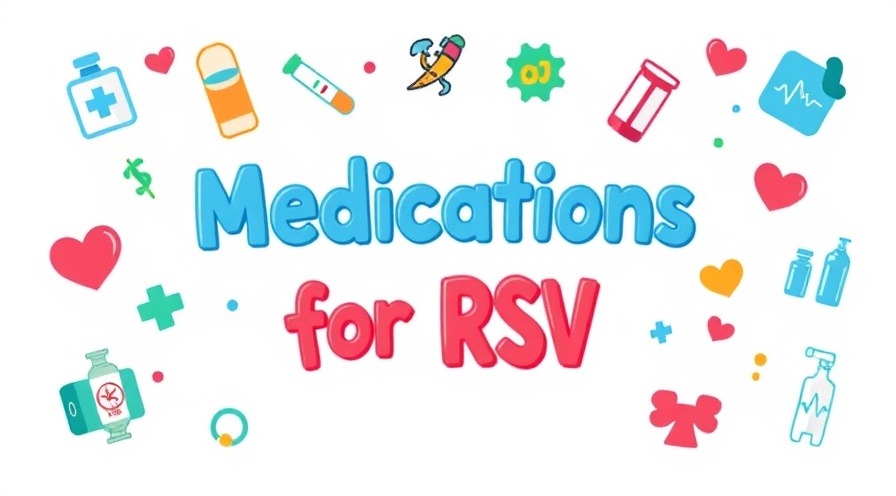
Understanding Complementary Therapies for Pain Management
Pain can be overwhelming, especially for children grappling with conditions like juvenile arthritis. The emotional strain on both the child and the caregivers can be immense, prompting parents to seek any means of relief. In this context, exploring complementary therapies alongside traditional treatment options is essential. This approach not only provides potential relief but also fosters a supportive environment for caregivers and their children.
In 'Complementary Therapies for Pain,' the discussion dives into effective strategies for managing juvenile arthritis pain, exploring key insights that sparked deeper analysis on our end.
What Are Complementary Therapies?
Complementary therapies, such as acupuncture, massage, and dietary adjustments, are becoming increasingly popular among families searching for ways to manage pain. Pediatric rheumatologist Dr. Cara Hoffer suggests a holistic approach that focuses not only on medications but also on lifestyle choices that can alleviate discomfort. By embedding these therapies into a child's routine rather than responding reactively to pain, families can create a sense of stability in their pain management strategy.
The Role of Diet in Pain Management
Dr. Hoffer mentions the relevance of diet in influencing the body's inflammatory responses. While there isn’t a universally accepted diet for arthritis, anti-inflammatory diets often gain attention. Foods rich in lean proteins, fruits, vegetables, and whole grains can provide necessary nutrients, while it’s recommended to enjoy treats like ice cream in moderation. The goal is to establish a balanced diet that keeps the immune system from becoming overly active, reflecting a broader truth—the importance of moderation in all aspects of life.
Benefits of Lifestyle Changes
Incorporating lifestyle changes isn’t just about diet; it can include integrating regular physical activity and coping strategies for stress management. Activities such as yoga or simple exercises can improve overall mobility and wellbeing. Moreover, finding joy in activities that alleviate stress—from gardening to art—can significantly boost the emotional health of both parents and children.
Exploring Supplements: What Parents Should Know
Many families wonder about the effectiveness of supplements like omega-3 fatty acids or magnesium in managing arthritis symptoms. While some children may find relief from these, it’s crucial for parents to consult with healthcare providers before adding any new supplements to their regimen. Monitoring interactions can ensure that all elements of a child's treatment plan support their health rather than hinder it.
The Importance of Communication with Healthcare Providers
Engaging in open conversations with healthcare providers is vital. Parents might hesitate, fearing judgment or dismissal of their inquiries about alternative solutions. However, Dr. Hoffer stresses the importance of this dialogue; healthcare professionals want to collaborate with families. Involving a child's doctor in discussions about complementary therapies ensures that all aspects of care are harmonized, which can improve outcomes.
Final Thoughts
As caregivers seek to navigate the complexities of managing juvenile arthritis pain, it’s essential to remember that there's no one-size-fits-all solution. A combination of traditional medicine and complementary approaches can empower families to find what truly works for their unique situations. By prioritizing nutrition, lifestyle changes, and clear communication with providers, caregivers can foster an environment where their children thrive amidst the challenges of chronic pain.
For more insights on managing juvenile arthritis and supporting your loved ones, engage with your healthcare provider and consider the diverse approaches available. Healthy lifestyle choices and open communication are crucial steps towards providing comfort in the face of chronic pain management.
 Add Row
Add Row  Add
Add 




 Add Row
Add Row  Add
Add 

Write A Comment